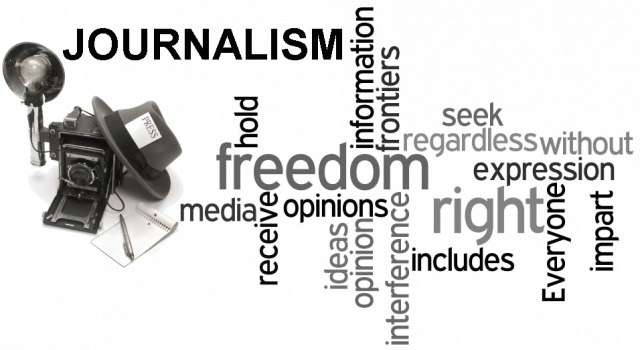About This Lesson
An early introduction into thinking critically about the different texts students will come across in English classes and beyond -- in this six lesson unit students will explore the ins and outs of journalism, the relevance of the news in today’s world, how to distinguish between quality sources and fictitious sites, and more. They will do this by learning about the female investigative journalist Elizabeth Cochrane, exploring different types of writing styles, such as opinion writing, investigative writing, and feature writing. The unit will conclude with students creating their own newspaper exploring issues relevant to them in a format that best suits their learning needs and styles.








